What is the tolerance range of precision screws?
What is the tolerance range of precision screws?
Service Hotline
+86760-8787 8587We have more than ten years of experience in screw industry production. The main products are: high-strength thickened nuts and nuts, hexagon nuts with covers, fastener bolts, countersunk head flat cup screws, wheel bolts, external serrated washers, adjustable Screws, electronic small screws, copper screws and screws, GB6172 hexagonal thin nuts, hexagonal long nuts, spot welding step butt welding without legs and corners, spot welding column welding point studs, Q128 screws, 4.8 grade white zinc flange nuts, etc. Due to the different materials and specifications of the products, the prices are also different, if necessary, please contact us.


The one-way nut provided by Guangdong Yueluo Hardware Industry Co., Ltd. has the following characteristics: a. It is composed of a screw sleeve 1, a threaded core 2, a cover 3, a spring 4 and a bead 5; b. There is a stop 7 on the outer edge of the core 2 and a ring of grooves 8; c. The screw sleeve 1 is sleeved on the screw core 2; d. 4 is enclosed in hole 6.
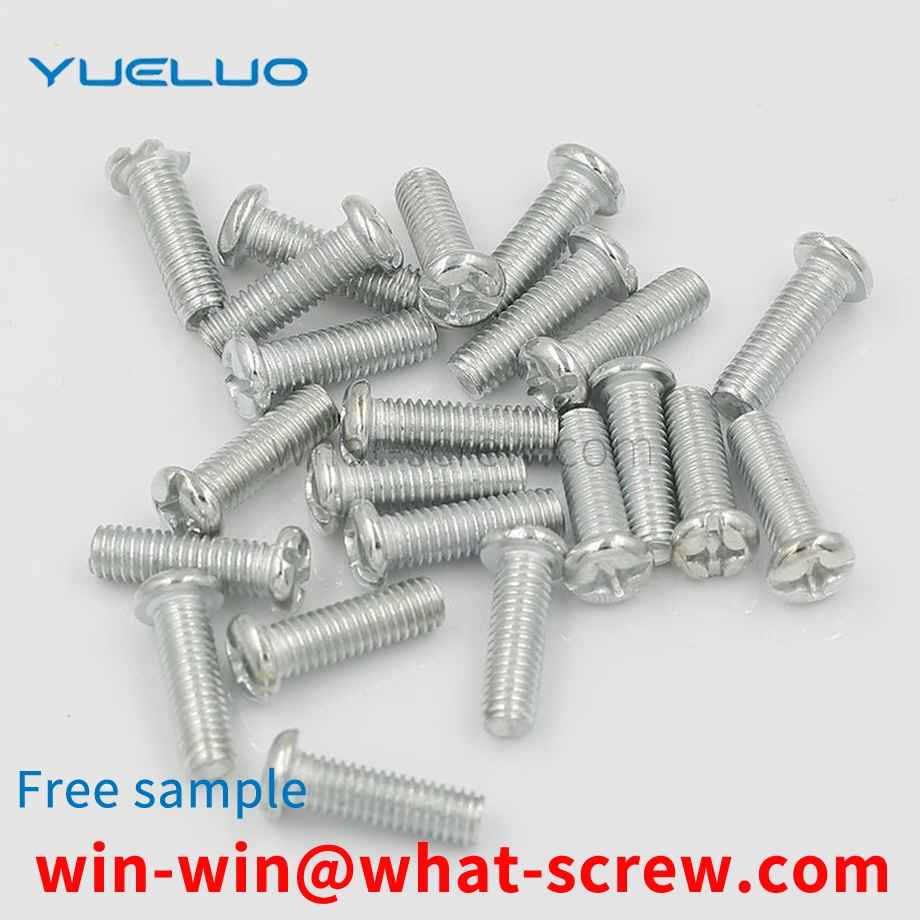
rivet is a nail-shaped object used to join two parts or components with a through hole and a cap on one end. In riveting, the riveted parts are connected by their own deformation or interference. There are many types of rivets, and they are informal. In today's product production, the slot holes on the same mounting surface often have different mounting slot depths. If a mechanical tool is used for quick screwing and installation, it will directly bring destructive effects to the brittle products, resulting in When the product is cracked and damaged, when connecting plastic shells, lightweight boards, insulating materials, circuit boards, or any other thin and light materials, the requirements for the installation process are also relatively high. The gripping force and bonding force of rivets are weaker than those of rivets that are screwed and installed by machinery. The bonding strength of rivets used in manual operations needs to be enhanced. The rivet structure needs to be improved and enhanced when installing thin, light-weight materials.
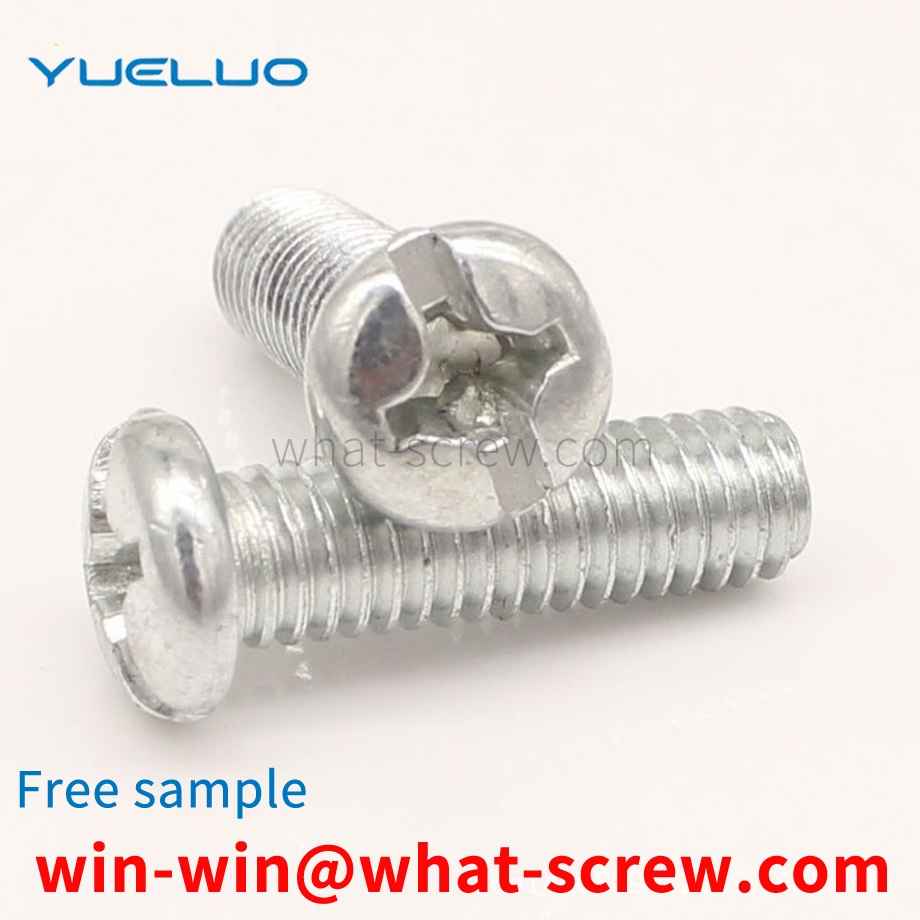
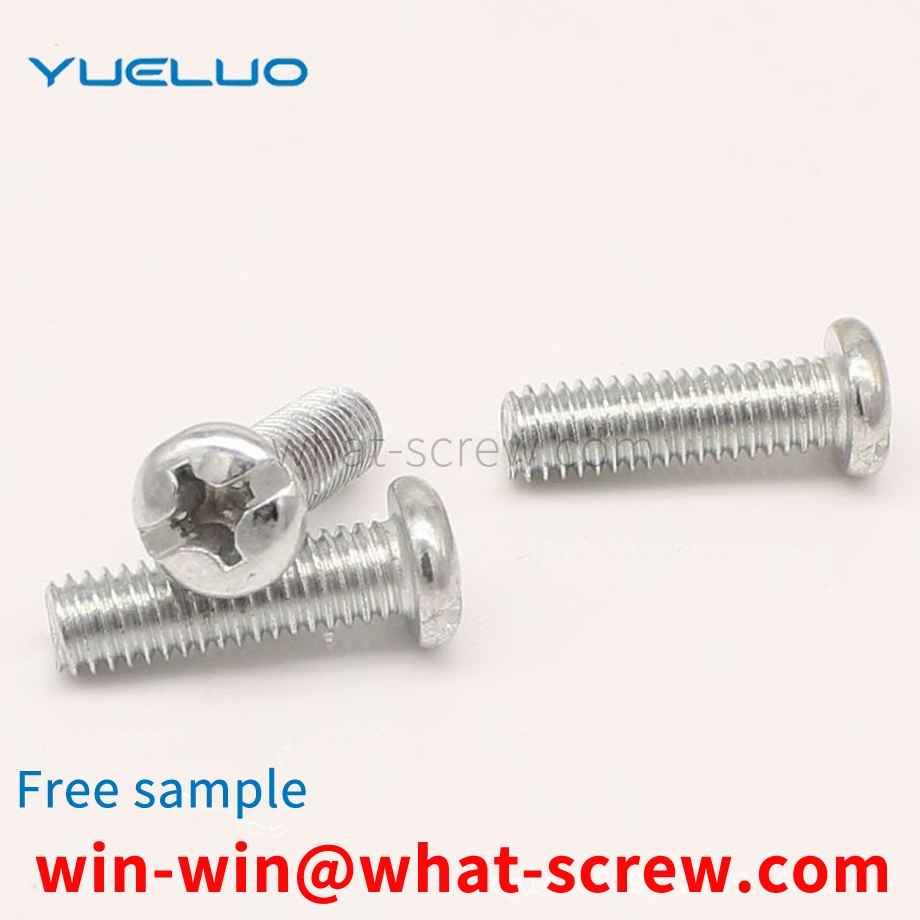
The technical scheme adopted by Guangdong Yueluo Hardware Industry Co., Ltd. is: a pin pressure riveting structure, including a pin, a cavity and a pressure riveting fixture, the pin is a columnar structure, an annular groove is arranged on the surface of the pin, and the cavity is The body is provided with a light hole, the depth of the light hole is greater than the height of the annular groove relative to the bottom of the pin, the lower end of the pin is inserted into the light hole, the pressure riveting fixture includes a pressure riveting part and a pressure-bearing part located on the top of the pressure riveting part, so The riveting part and the pressure-bearing part are provided with coaxial and penetrating connecting holes, and the upper ends of the pins are sleeved in the connecting holes.
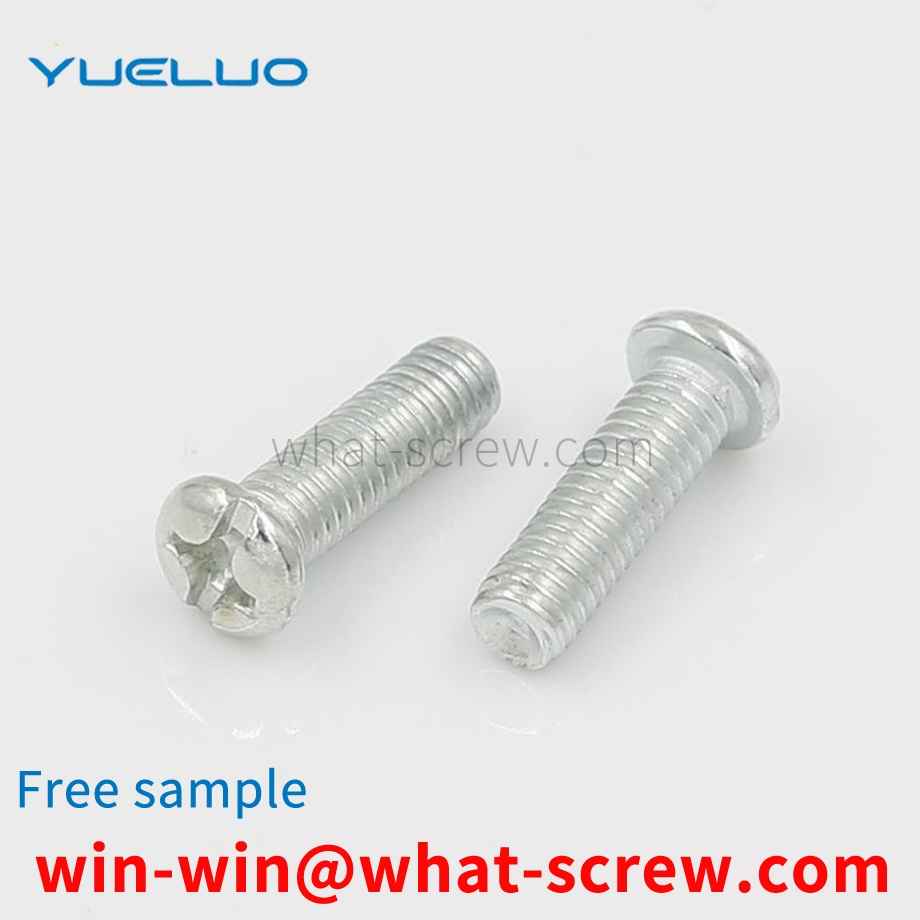
The performance grade 8.8 of stainless steel bolts refers to the material's tensile strength limit of 800MPa and yield limit of 640MPa. The performance grades of stainless steel bolts, studs and studs are divided into 10 grades: from 3.6 to 12.9. The number before the decimal point represents 1/100 of the tensile strength limit of the material, and the number after the decimal point represents 10 times the ratio of the material's yield limit to the tensile strength limit. There are 7 grades of performance grades for nuts, from 4 to 12. The numbers roughly represent 1/100 of the minimum stress that the stainless steel nut is guaranteed to withstand. For unified inch threads, there are three thread grades for external threads: grades 1A, 2A and 3A, and three grades for internal threads: grades 1B, 2B and 3B, all of which are clearance fits. The higher the rating number, the tighter the fit. Classes 1, 1A and 1B, very loose tolerance classes, which are suitable for tolerance fits of internal and external threads. Grades 2, 2A and 2B are the most common thread tolerance grades specified for inch series mechanical stainless steel fasteners. Grades 3, 3A and 3B, screwed together to form the tightest fit, suitable for tight tolerance stainless steel standard parts, for safety critical designs. Metric threads, there are three thread grades for external threads: 4h, 6h and 6g, and three thread grades for internal threads: 5H, 6H, 7H. Thread fit is best combined into H/g, H/h or G/h. For bolts, stainless steel nuts and other refined fastener threads, the standard recommends 6H/6g fit. Carbon steel: The strength grade is marked by ? It consists of two separated numbers. The meaning of the number part before the ? in the marking code represents the nominal tensile strength, for example, 4 in grade 4.8 represents 1/100 of the nominal tensile strength of 400N/MM2. The meaning of the ? and the number part after the point in the marking code represents the yield-strength ratio, that is, the ratio of the nominal yield point or the nominal yield strength to the nominal tensile strength. For example, the yield point of grade 4.8 products is 320N/mm2. The strength grade mark of stainless steel products consists of two parts separated by —. The symbol before — in the sign code indicates the material. Such as: A2, A4 and other signs — indicate strength, such as: A2-70 Carbon steel: The mechanical properties of bolts can be divided into: 3.6, 4.6, 4.8, 5.6, 5.8, 6.8, 8.8, 9.8, 10.9, 12.9 in total 10 performance levels
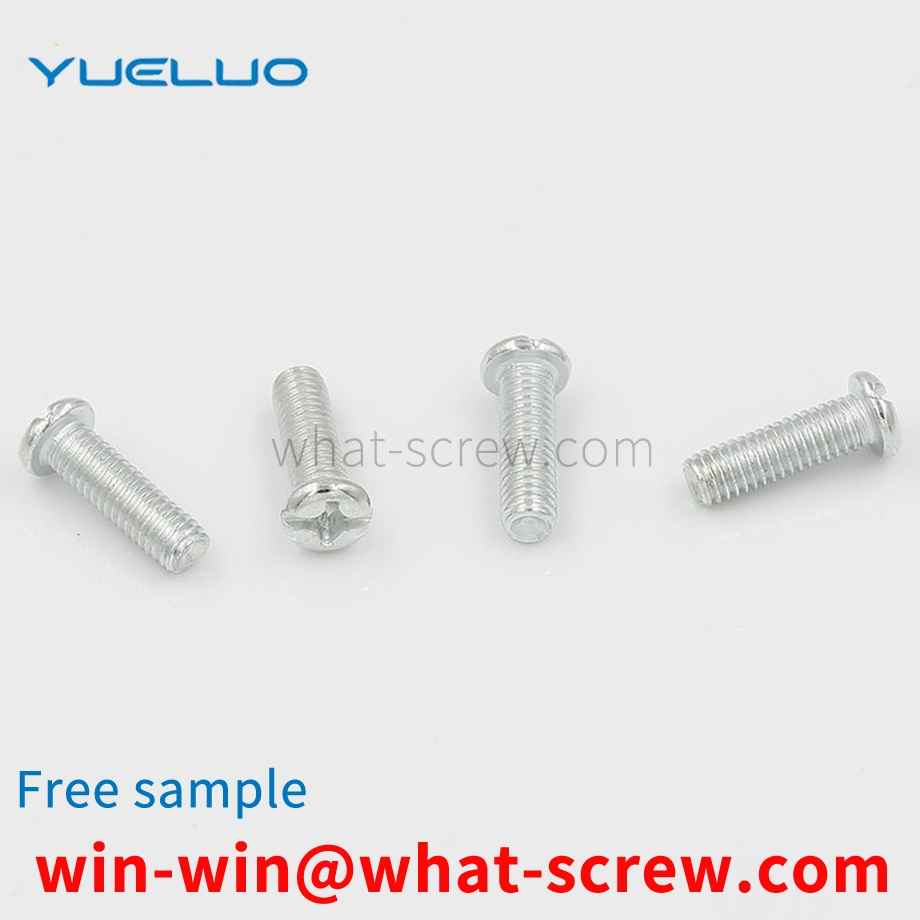
The above content is uploaded by Yueluo or the Internet. If there is any copyright issue, please contact [email protected].

What is the tolerance range of precision screws?

How to choose the right stainless steel screw manufacturer?

Why is there an R angle under the head of the hexagon head s...

We have more than ten years of production experience in the ...

We have more than ten years of experience in the production ...

We have more than ten years of experience in the production ...

We have more than ten years of experience in screw industry ...